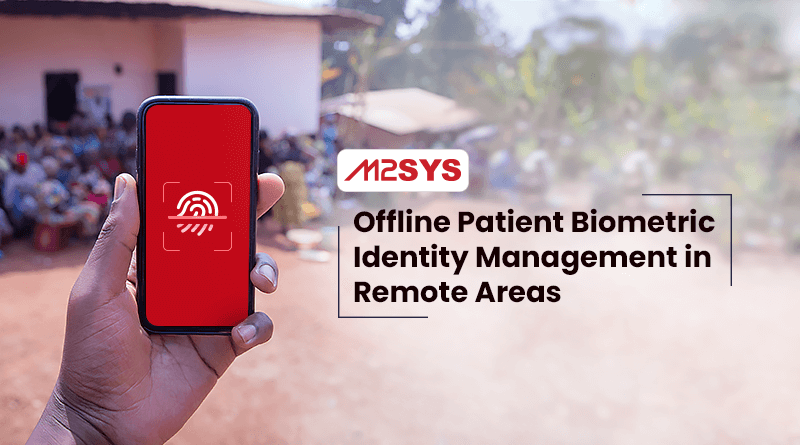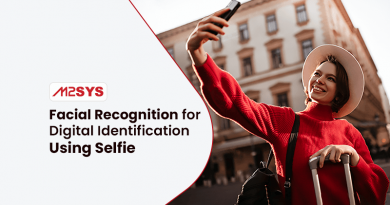Offline Patient Biometric Identity Management in Remote Areas
Accurately identifying patients is critical in medical facilities. Even the slightest error in identification can have significant consequences and result in improper treatment based on a patient’s medical history. In this article, we will explain how M2SYS technology implemented an offline biometric patient identification system for a healthcare provider.
Customer pain points and requirements
A healthcare provider operating in remote areas with limited internet connectivity recently contacted the M2SYS team to address challenges faced by their existing solution used for patient registration and identification. While their current system was in use, it was not scalable and did not function offline, leading to data latency issues. These latency problems caused network bottlenecks, forcing the provider to revert to a pen-and-paper system for recording patient health data. In light of these issues, the provider expressed the need for an offline biometric turnkey solution that would enable efficient patient registration and identification without needing an internet connection. They also expressed that they wanted to use two modalities for biometric data collection and identification.
An offline biometric solution for registration and identification
Online biometric registration and identification typically rely on internet connectivity to match individual biometric characteristics with a central server. In contrast, offline biometric authentication can perform these functions locally without needing an internet connection. Our team recommended the on-premise deployment of the CloudABIS matching engine and CloudScanr capture tool for the healthcare provider, utilizing finger vein and dual iris modalities for the entire process. After trying out CloudABIS through a 14-day free trial, the healthcare provider was happy with the outcome and gave M2SYS the contract for offline deployment.
Our team determined the necessary server requirements, machine configurations, API call frequency, and enrollment numbers before transferring the healthcare provider’s biometric database of 50,000 people to a base64 image format and moving it to the CloudABIS environment. Because of the offline deployment, the healthcare provider had to carry a database on their device for registering and identifying patients. As such, they had to determine the locations so that they can carry the data according to the location and ensure that data was accessible when needed.
Our team remotely created the server and environment and successfully transferred their existing data to the offline server. Our quick and successful offline deployment allowed the healthcare provider to test the biometric registration and identification process, which proved to be scalable and met all of their requirements.
Advantages of offline biometric registration and identification
While offline biometric registration and identification are more challenging to develop than its counterpart, it has several advantages.
Increased security
Offline biometric data offers improved security compared to online solutions due to the absence of online data transmissions. Keeping all data on the device significantly reduces the risk of data being compromised. In contrast, online biometric solutions are susceptible to security vulnerabilities, necessitating additional security measures or protocols to ensure data protection. Using biometric data eliminates the security risks associated with online connections.
Low data latency
Performing offline biometric registration and identification is faster than an online system since it does not rely on an internet connection’s speed and quality. In contrast, data processing can take longer with online systems depending on the device’s connection to the server. Connecting to a server and waiting for a response can add at least 200ms to the time it takes to obtain a result, with the potential for this to increase to a few seconds if the server is slow. With offline biometric registration and identification, execution time is considerably shorter. For instance, the execution time is just 26ms.
Work everywhere
While a cloud biometric server requires an internet connection to communicate with the server. An offline server can be used anywhere without internet connectivity and will work just the same.
Take away
Offline biometric registration and identification provide a viable solution for healthcare providers facing challenges related to online connectivity and data latency. Implementing an offline biometric identification system for a healthcare provider operating in remote areas with limited internet connectivity has demonstrated how such a system can improve data security, reduce data latency, and work anywhere, even in areas without internet connectivity if you have a similar requirement and looking for a perfect solution provider. You on the right place. Contact us today. Our team is here to help.











